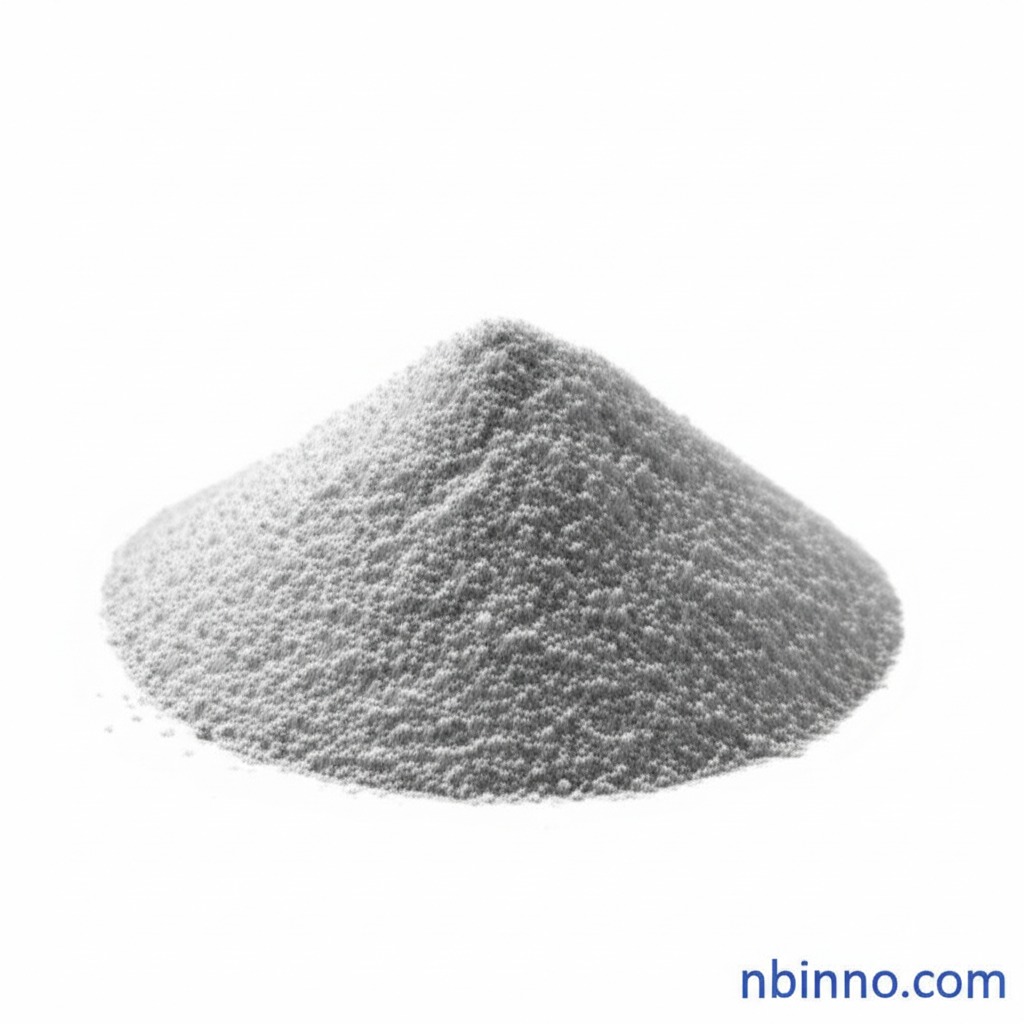2-Chloro-5-trifluoromethylpyridine: A Key Intermediate for Agrochemicals and Pharmaceuticals
Explore the critical role of 2-Chloro-5-trifluoromethylpyridine (CAS: 52334-81-3) as a foundational component in developing advanced agrochemicals and vital pharmaceutical compounds. Discover its chemical versatility and broad industrial applications.
Get a Quote & SampleProduct Core Value

2-Chloro-5-(trifluoromethyl)pyridine
As a trusted supplier in China, we offer 2-Chloro-5-trifluoromethylpyridine, a compound indispensable for the synthesis of numerous herbicides and pharmaceuticals. Its unique chemical structure, featuring both a chlorine atom and a trifluoromethyl group on a pyridine ring, provides exceptional reactivity and stability, making it a cornerstone for creating advanced agrochemicals and novel therapeutic agents. Its extensive use underscores its importance in agricultural productivity and human health advancements.
- Leverage our expertise as a reliable supplier in China for high-purity 2-chloro-5-trifluoromethylpyridine, crucial for your pesticide intermediate needs.
- Utilize this compound as a key building block in pharmaceutical synthesis, enabling the development of new drugs.
- Benefit from the unique chemical properties imparted by the trifluoromethyl group, enhancing lipophilicity and metabolic stability in derived compounds.
- Discover the versatility of 2-chloro-5-(trifluoromethyl)pyridine for various chemical synthesis applications, including advanced material development.
Advantages of Using This Product
Enhanced Agrochemical Efficacy
As a vital intermediate for herbicides, 2-chloro-5-trifluoromethylpyridine plays a significant role in improving crop protection. This helps in the efficient development of chemicals that control weeds, contributing to better yields and supporting the agrochemical intermediates market.
Pharmaceutical Innovation
This compound serves as an essential building block in pharmaceutical synthesis, allowing researchers and manufacturers to create new drugs with improved therapeutic profiles. Its integration into drug discovery accelerates the development of innovative treatments.
Chemical Synthesis Versatility
The unique combination of functional groups in 2-chloro-5-trifluoromethylpyridine makes it a highly versatile molecule for various chemical synthesis reactions, enabling the creation of complex organic structures with specific properties.
Key Applications
Agriculture
Primarily used as an intermediate for herbicides, it contributes to effective crop protection and enhanced agricultural productivity. Understanding the trifluoromethylpyridine chemistry is key to optimizing its use in this sector.
Pharmaceuticals
Serves as a critical building block in medicinal chemistry for synthesizing active pharmaceutical ingredients (APIs), supporting the development of new treatments and furthering pharmaceutical intermediate applications.
Materials Science
Its unique structural attributes offer potential for developing novel materials with specialized properties, expanding its utility beyond traditional applications.
Research & Development
A valuable reagent for organic synthesis and R&D, enabling exploration of new chemical entities and reactions within the broader field of chemistry.
